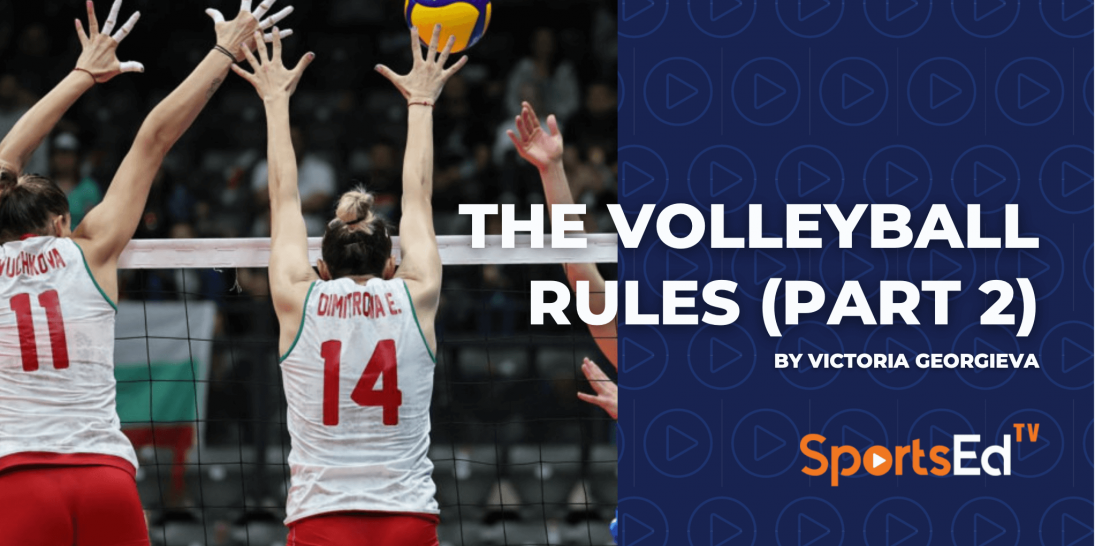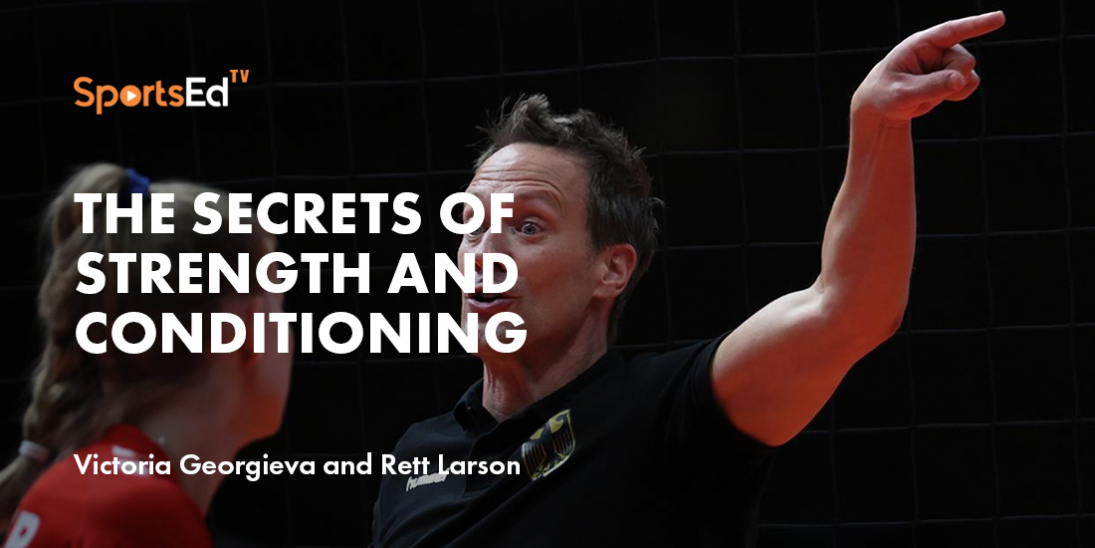Volleyball
Welcome and thanks for visiting...

The Volleyball Rules, Part 1
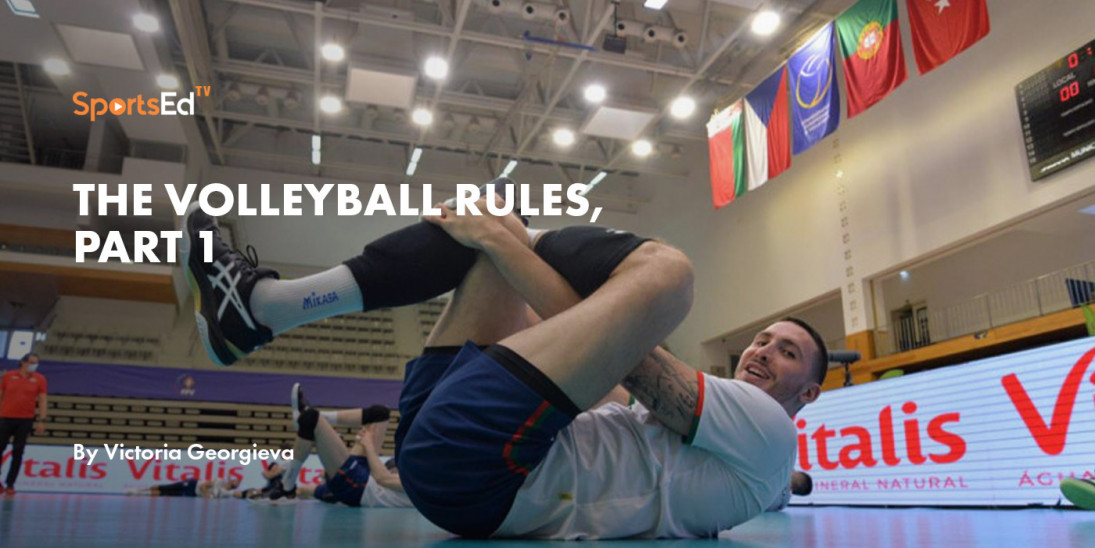
What is the first thing that you learned about Volleyball? Maybe that there is a net and that you need to pass the ball over it? Or maybe that your team can consist of a maximum of six players? Or that your team is allowed to have a maximum of three touches before sending the ball over to the opponent?
To be fair, I don’t have the exact answer to what was the fist Volleyball rule I have ever learned. But I remember that at some point, after spending my first Volleyball months training with my mum, I started realizing that Volleyball is much more complex than I was believing it to be.
With the time passing, playing or reporting on games, I got to understand better the game of Volleyball and its rules.
.jpg)
Why is it important to understand Volleyball?
Even if you are only playing at an amateur level, I can assure you there is that much passion during rallies, that it is mandatory to understand Volleyball and...respect its respective regulations on and off the court.
Understanding the rules of the game, can help also coaches and players to better understand each other and better build their strategies and tactics.
As much as I am sure that the ones reading this blog are well aware of the rules of our favorite game, on the other hand, I believe it is good to have an overall view of things.
This short series of blog posts are my attempt of presenting and explaining the rules of Volleyball, based on the 2017- 2020 FIVB Rules that can be also downloaded from the official website of the federation, and that have been approved by the 35th FIVB Congress 2016.
What is Volleyball?
Yes, yes, Volleyball is the single best game in the world (and we know it) but how would you describe it to someone who doesn’t know the game? To your kid, let’s say?
As in Basketball and Soccer, Volleyball is a collective sport. To run the game of Volleyball, two teams need to compete with each other. They play on a court divided by a net with the aim of scoring more points than the opponent.
DIG DEEPER
To understand Volleyball and its rules, we will dig deeper into different sections.
- Playing area, facilities and equipment
Maybe you think that by “playing area”, we refer to the court only. If so, you are mistaken. Because the playing area includes the court and the free zone, meaning that the player is allowed to play with the ball also outside the court, in this free zone.
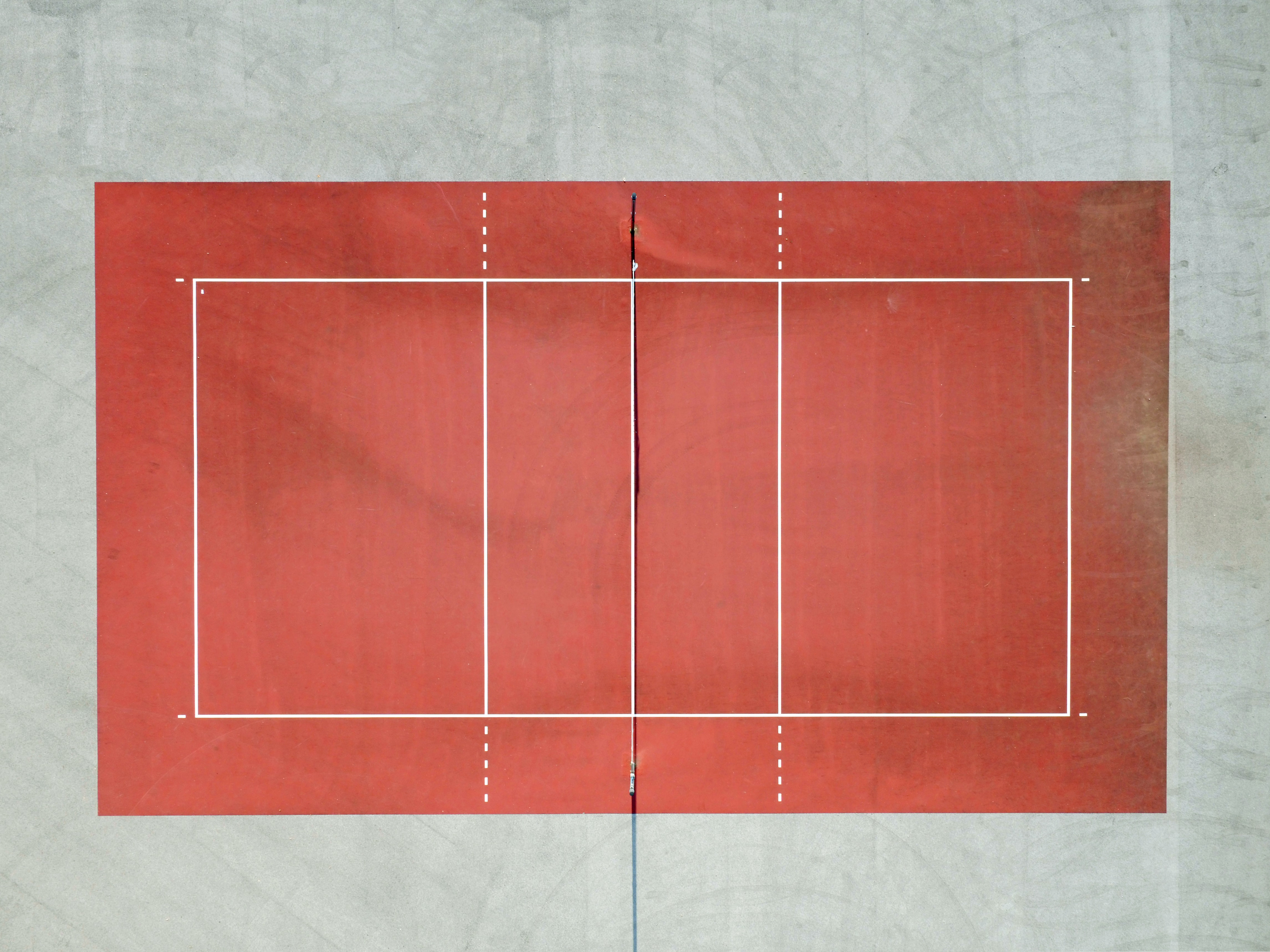
1.1. Defining the court and the free zone - dimensions
The court is an 18 x 9 m rectangle measuring, divided into two equal parts by a central line. The court is surrounded by a free zone that should be a minimum of 3 m wide on all sides.
1.2. Lines on the court
There are boundary lines, centre line and an attack line. All of them should be 5mm wide.
- The boundary lines mark the playing court. Both side lines and end lines are drawing inside the dimensions of the court.
- The centre line is the line that divides the court into two equal areas (each one 9 m)
- The attack line is the line that marks the front zone and is 3 m back from the axis of the centre line.
1.3 Zones and areas
There is the front zone, the service zone, the substitution zone, the libero replacement area, the warm-up area and the penalty area.
- The front zone is limited between the axis of the centre line and edge of the attack line. It is also considered extending beyond the side lines to the end of the free zone.
- The service zone is the 9 m wide area behind each end line.
- The substitution zone is limited by the extension of both attack lines up to the scorer's table.
- The libero replacement area is part of the free zone of on the side of the team benches.
- The warm-up areas are usually located in both of the bench-side corners, outiside of the free zone. They are usually seized aprox. 3x3 m.
- The penalty area is seized aprox.1m and is located in the control area, equipped with two chairs.
1.4 The net
The net is placed vertically over the centre line. It is set of the height of 2.43 m for men and 2.24 for women. It is 1 m wide and 9.50 to 10 m long.
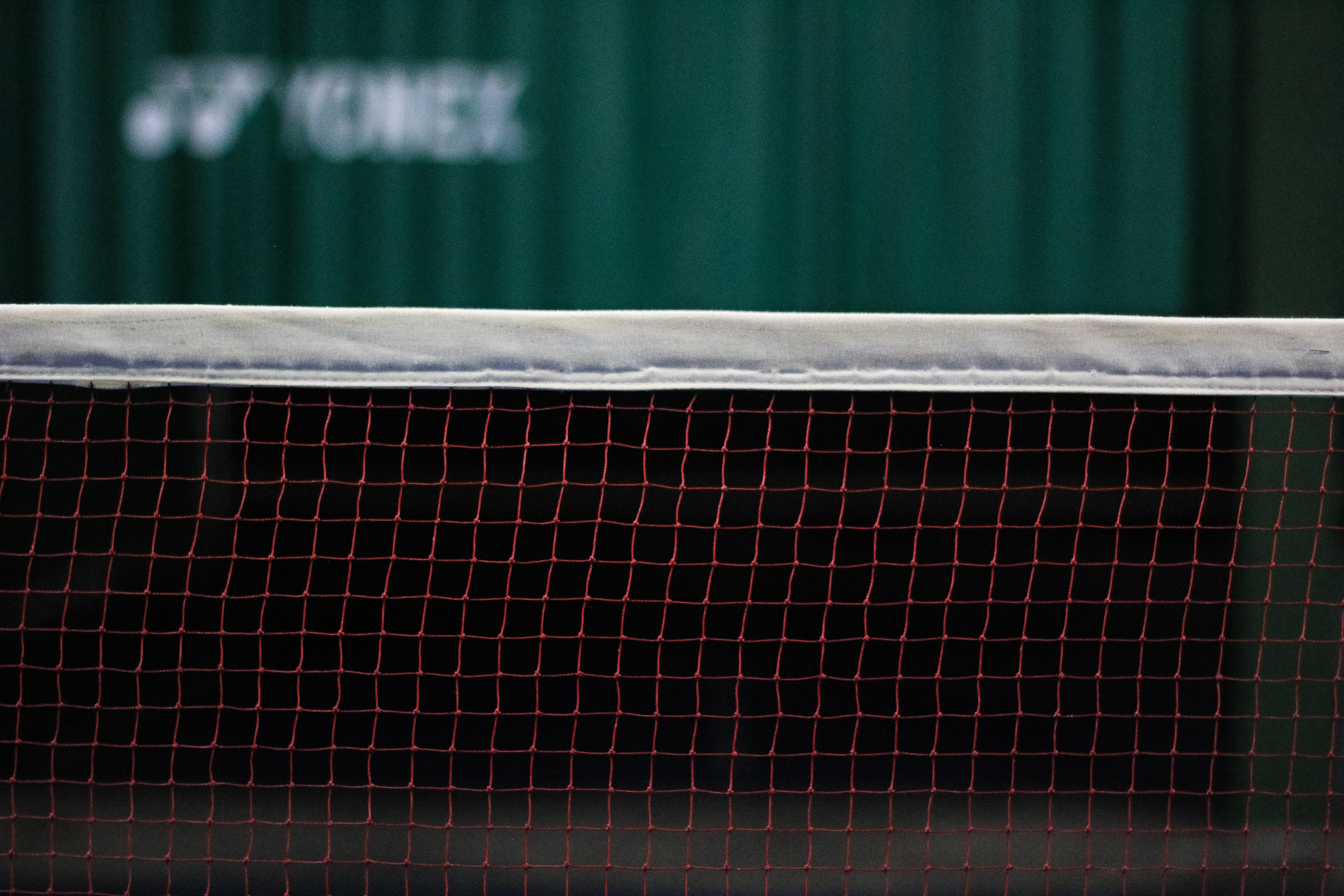
What is that thing called “Antennae”?
You might have heard this quite a lot, watching or playing matches. So, what is that mysterious thing “Antennae” in Volleyball? It is a flexible rod, 1.80m long an 10 mm in diameter. They are placed on opposite sides of the net.
1.5 The ball
Do you remember that in the previous Volleyball blog we discovered how Volleyball was invented? One of the main challenges that its inventor William Morgan had faced was finding the perfect ball.
Nowadays, things seem to be pretty much put into place, and we know that the ball should be made of flexible leather or synthetic leather case with a bladder inside. It should 65-67 cm big and its weight 260-280g.
As per FIVB regulations, all balls that you use during the match, should have the same standards, meaning that they should have the same circumference, weight, pressure, type, colour, etc.
Ever heard of the Five-Ball System and Ball Retrievers?
A moment of truth! My first Volleyball related job was… as a ball retriever at a U19 EuroVolleyM qualification. I didn’t know what the duties of a ball retriever at a match were, but luckily, it was a lot of fun and getting the real feeling of a game! It is passing the ball to your “ball retriever colleague” to make sure that the team that win the rally and the player ready to serve, will have a clean ball to execute the action.
The ball retrievers for FIVB, World and Official Competitions should be six, one at each corner of the free zone and one behind each referee. This has to do with the five balls that shall be used during game.
- The teams
We know that two teams compete at Volleyball games, and we see six players on each of the two sides of the net.
As per FIVB rules, a team can usually consist of up to 12 players plus the coaching staff and the medical staff. The coaching staff includes one head coach and a maximum of two assistant coaches, while the medical staff consists of a team therapist and a medical doctor.
The ones that are allowed to enter the Competition/Control area are the ones listed in the score sheet.
Players who are not in play are allowed to stay in the warm up area or sit on the bench. They can actually warm up doing exercises during play. When there are breaks, they can warm up in their own free zone with balls.
2.1 The team leaders
The head coach and the team captain have the responsibility to act as team leaders and actually make sure that the team members respect the rules. Liberos cannot be team or game captains.
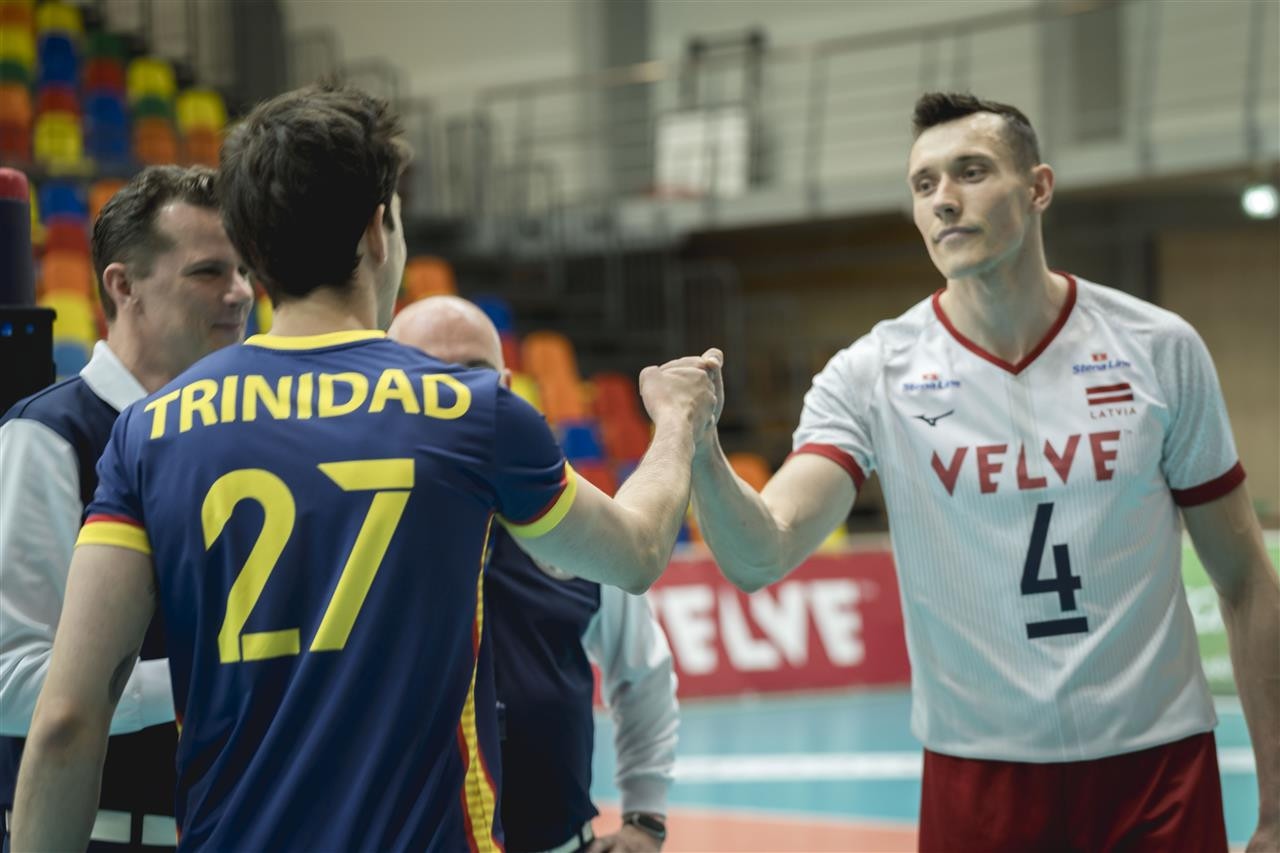
2.2 The captain
This is the person responsible for signing the score sheet before the match starts, and executes the coin toss with the opponent’s captain. So, be careful to choose a captain with a good luck!
During the match, the captain is the so-called “game captain”. The captain may reach out to the referees and is allowed to speak to them as long as the ball is out of play. They might ask for an explanation about the application or interpretation of the rules, or to ask for authorization (to check the floor, check positions of the teams, change equipment), etc.
At the end of the match, the captain signs the score sheet to ratify the result or may (when notified on time) record a protest regarding the referee’s decisions in a certain situation.
2.2. The coaches
2.2.3. The head coach
The coach, besides of leading the team serving as strategic thinker who has to take important decisions during the game, has also a set of other responsibilities.
- prior to the match, the coach should check and record the names and numbers of their players
- prior to each set, gives the 2nd referee the line - up sheet
- during the match - requests time-outs, sits on the bench or may leave it in order to give instructions, while being in the free zone.
2.2.4. The assistant coach
They can sit on the bench but are not allowed to intervene in the matches. Should the head coach leave, they must take over the duties of the head coach.
- The Playing Format
3.1. What is the aim of the game?
To score a point, of course! How do we do that? Players of one team should try to send the ball over the net in order to ground it on the opponent’s court. At the same time, they need to prevent the same action to done by the opponents.
The team has three hits for returning the ball. Given the aim of the game, the volley ball is in constant flight.
3.2 How do you record a point?
There are several ways of recording the point.
We are all aware that your team can score a point after a successful action which leads the ball to ground on the opponent’s court, or when the opponent fail to organize their game and commits a fault.
Important: We can also score a point when the rival team receives a penalty (by committing a fault, which means that they have committed an action against the rules. It is up to the referees to decide the consequences of this fault).
3.3. The Rally system
When we refer to rallies, we refer to the consequence of playing actions starting from the serve until the ball is out of play. Long and exciting rallies are one of the best parts of modern Volleyball, meaning that both teams tend to keep the ball into flight for a longer period.
If the serving team wins the rally, the player who serves the ball is the same, and the players don’t rotate in positions.
Don’t forget! When the receiving team wins a rally, they record a point and have the right to serve. Doing that, the players should rotate one position clockwise.
3.4. Point, Set, Match!
You might have heard a similar expression in the tennis world.
In Volleyball, to take the set, your team should be the first to reach the 25th point (minimum point difference between the teams should be two points in favour of the winning team. In case such a point difference is not reached by the 25th point, the play continues until it is achieved, i.e. at 26-24, 27-25.)
3.5. The special set!
Not every match reaches the special, 5th set, called “tiebreak”. It is a deciding set that is won by the team who first reaches the 15th point. Again, the rule about the two-point difference applies also to this 5th set, meaning that if there is a situation 15-14, the set doesn’t end. The leading team should either score the next point and close at 16-14, or if the following team equalizes at 15-15, the end of the set would come by the 17th point, and so on until achieving the two-point rule.
3.6 Winning the match!
To reach the ultimate goal of winning a match, the team should win three sets. In case of a tie at 2-2 sets, the match is brought into a tiebreak (the special set, see above).
Curious: There are situations that a win can lose a game even without playing it.
Such are the cases, i.e. when in the season 2020/2021 team participating in some of the competitions, notify of COVID cases. Due to this health emergency, such teams do not play and were liable to forfeit in the respective competition. There are, of course, other generic cases when a team refuses to play and is declared in default, losing at 0-3 sets, and 0-25 points in each set.
- Structure of the play
4.1 The toss
Before the match starts, the team captains of both teams participate in a toss carried out by the 1st referee. The winner chooses either the right to serve or to receive, or the side of the court.
Important: if a tiebreak is about to be played, a new toss must be carried out.
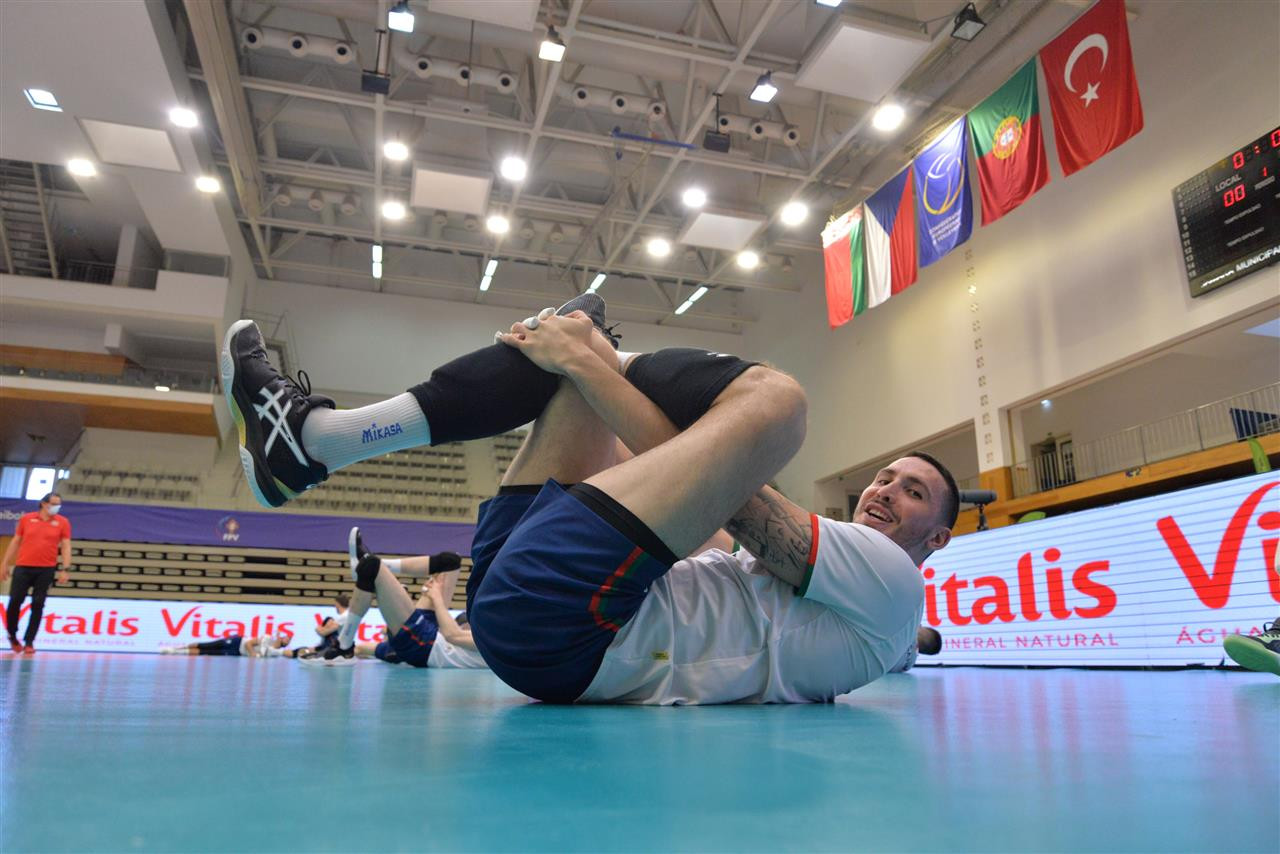
4.2 Warming up
Warming up is of utmost importance as it prepares the athletes for the high speed action during the match. For FIVB, World and Official competitions, teams are allowed a 10-minute warm up period together at the net.
4.2 The starting line-up
As we already have mentioned it, before the start of each set, the head coach presents a starting line-up to the 2nd referee or the scorer.
The players who are not part of the starting line-up are the substitutes for that set (except for the libero).
If there are any discrepancies between players’ position on the court and the line-up sheet, there are several ways to deal with them.
- if they are discovered before the start of the set, the players’ positions must be rectified according to those on the line-up sheet, without any sanction
- if before the start of the set, there is a player on the court who is not registered n the line-up sheet for that exact set, the player must be changed, without any sanction
- if the coach wished to keep the player, they should request a regular substitution.
If a discrepancy is discovered later, the team at fault must revert to the correct positions. Additionally, the opponent’s points remain valid, the rivals receive a point and the right to serve. The points by the team at fault that have been scored from the moment of the fault are cancelled.
Important: If there is a non-registered player on the court, and they had played, the points of the opponent remain valid, plus they record a point and have the right to execute a serve. The team at fault will lose all the points and/or sets gained from the moment when the non-registered player entered the court.
Already realizing how complex Volleyball is?
In the next blog post, we will delve into more rules - learning about Rotations, Positions, Playing actions (including player at the net, service, block, attack hit, interruptions, etc.).
Source: FIVB
Photo credit: CEV, Unsplash
Read More:

